
As we delve deeper into the cosmos, we stumble upon numerous enigmatic signals that continue to baffle scientists. These unexplained phenomena serve as reminders of the universe’s vastness and the many mysteries it conceals. Here are eight such mysterious signals that remain an enigma for astronomers and astrophysicists.
The Bizarre “Wow!” Signal
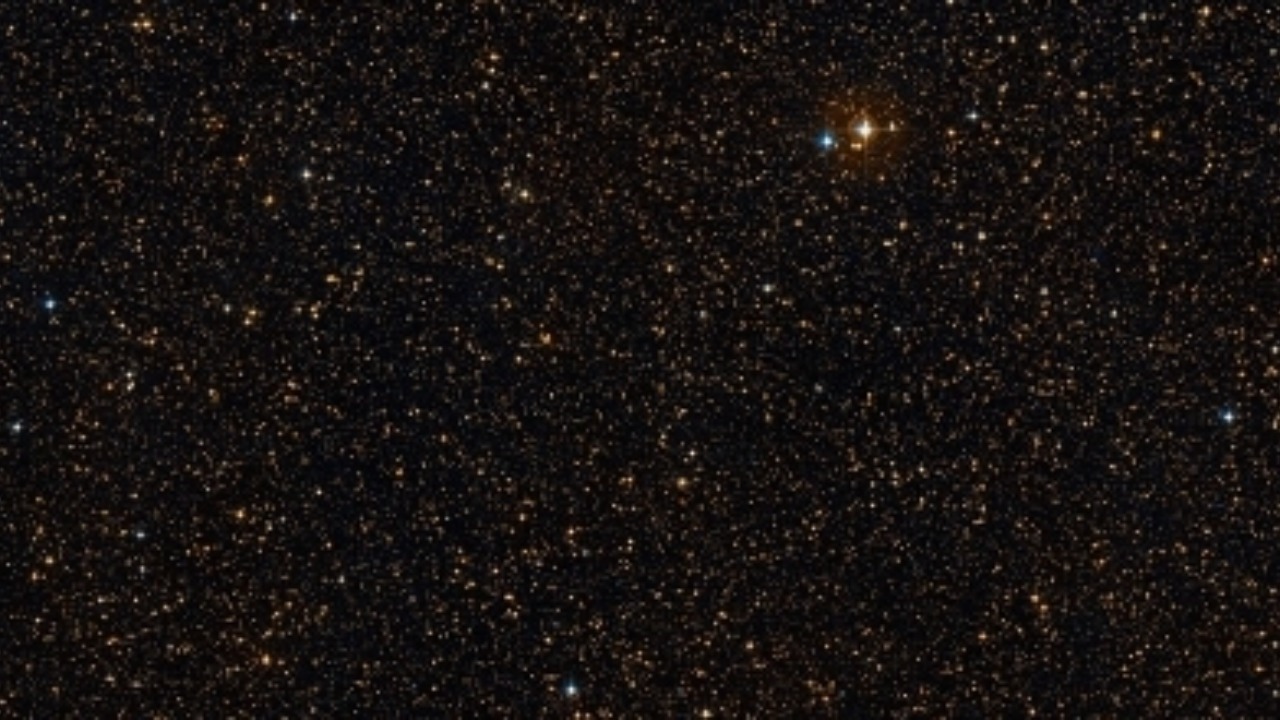
In 1977, a radio signal from space astonished astronomer Jerry Ehman so much that he scribbled “Wow!” next to the data printout. This Wow! signal, as it came to be known, lasted for 72 seconds, and its origin remains a mystery. Some propose it might have been an extraterrestrial communication, while others argue for a natural source. Despite numerous attempts, the signal has never been detected again.
The Puzzling Perytons Phenomenon
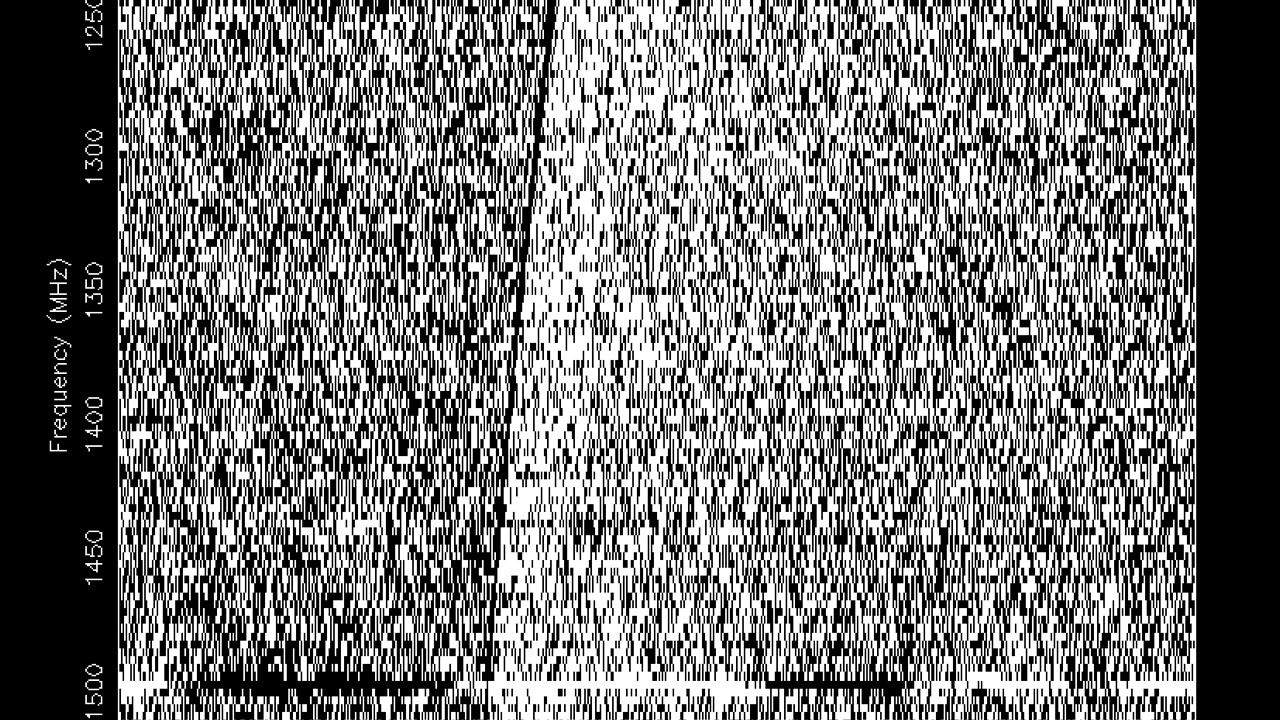
Perytons, named after a mythical creature, are brief but intense radio signals that puzzled astronomers for years. Initially, these signals were thought to be from outer space. However, it was later discovered that they originated from a rather mundane source on Earth: microwave ovens in the observatory’s kitchen. Nonetheless, the Perytons phenomenon sparked significant interest in the scientific community, leading to more rigorous investigations of mysterious space signals.
The Unexplained Fast Radio Bursts (FRBs)

Fast Radio Bursts, or FRBs, are intense, millisecond-long radio signals from space. First observed in 2007, these bursts continue to puzzle scientists due to their irregular occurrence and unexplained origins. While some FRBs have been traced back to specific galaxies, their exact sources and what causes them remain unclear.
The Enigmatic “Lorimer Burst”
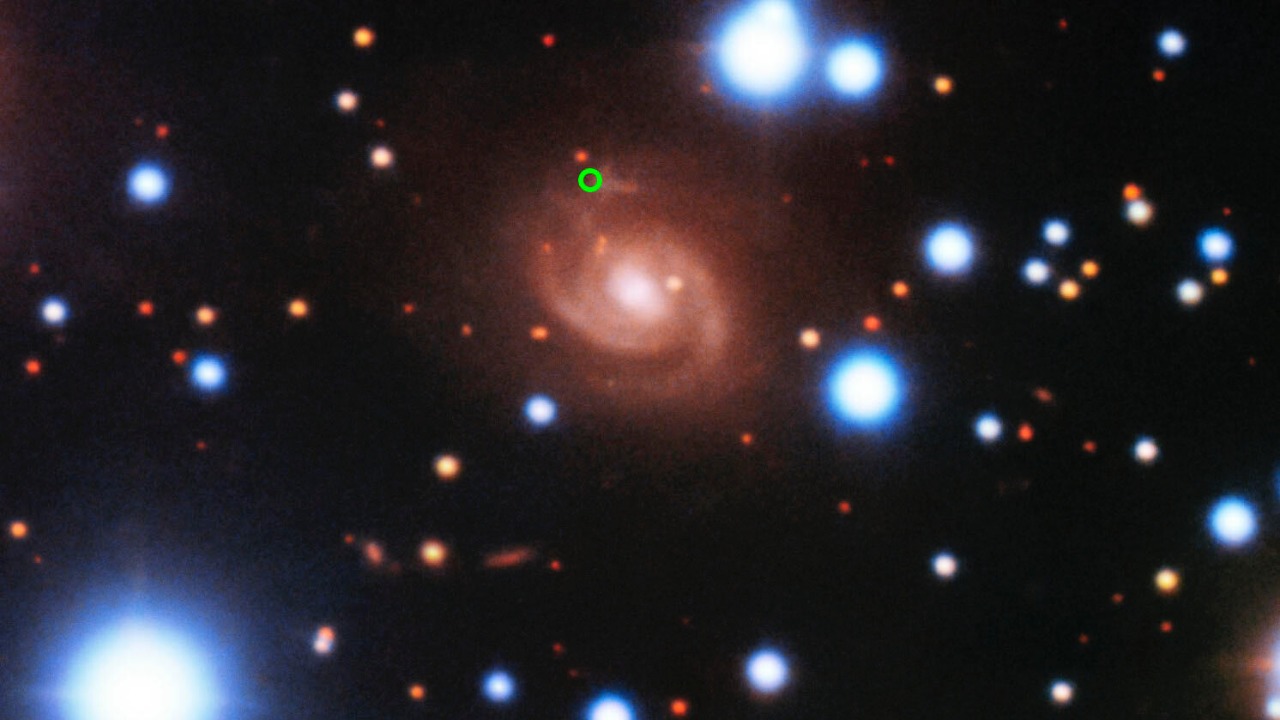
Named after the scientist who discovered it, the Lorimer Burst is a specific example of an FRB. This intense radio signal, coming from a location billions of light-years away, was picked up only once, making it a significant mystery. Theories range from colliding neutron stars to extraterrestrial signals, but there is no definitive explanation.
The Mysterious Slow Down of Pulsar B1919+21
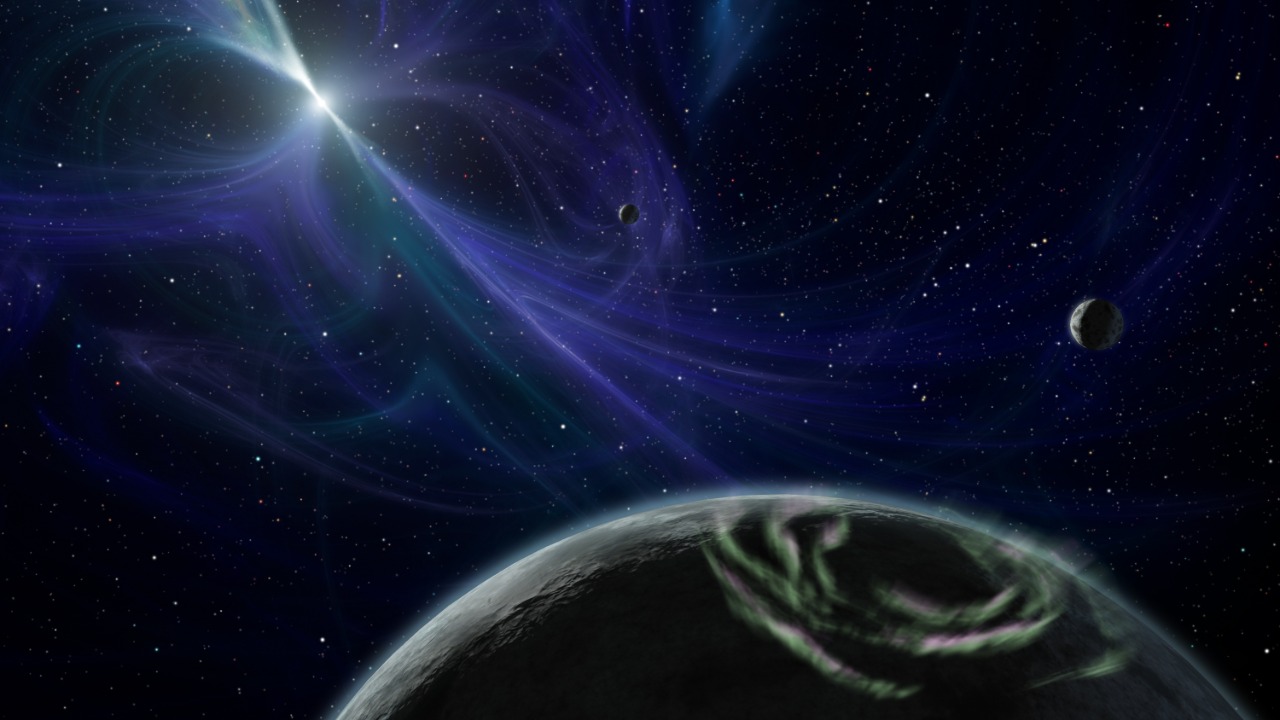
Discovered in 1967, Pulsar B1919+21 was the first known pulsar. It emits regular radio pulses as it spins. However, over the years, there’s been a slight but noticeable decrease in its speed. This slowdown, although expected due to energy loss, is not fully understood and continues to intrigue scientists.
The Strange Case of Tabby’s Star
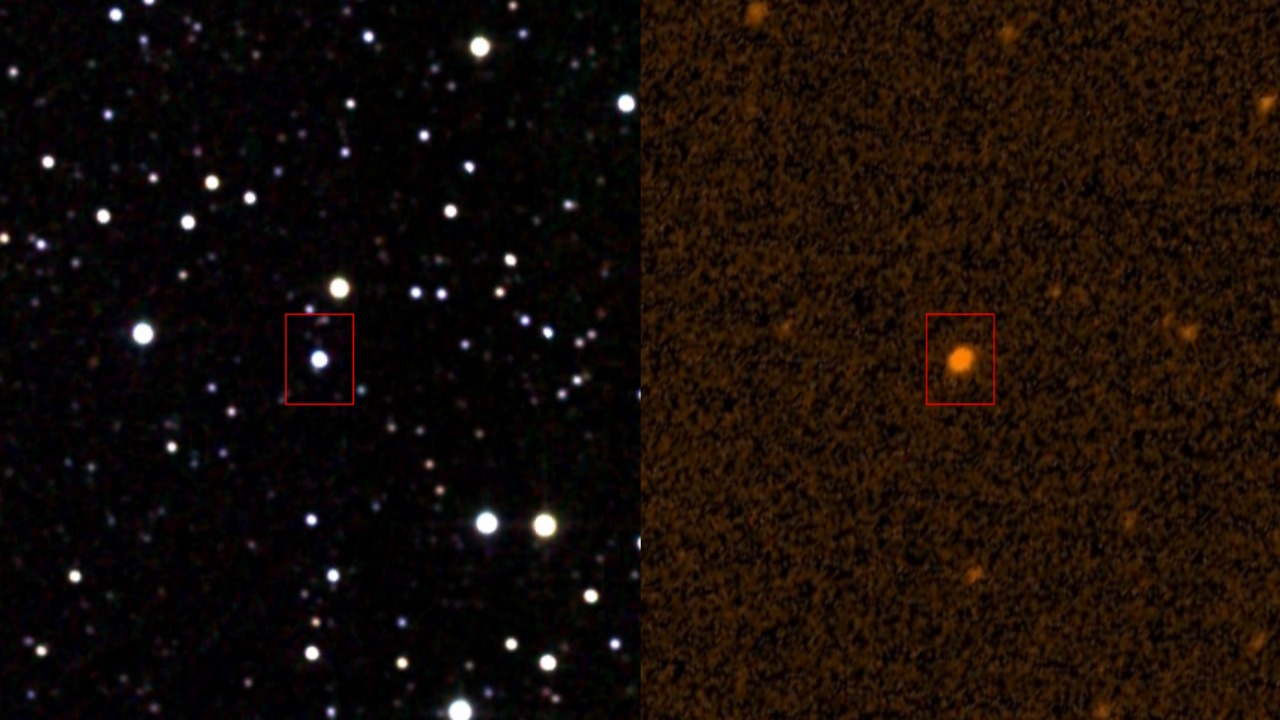
Tabby’s Star, or KIC 8462852, exhibits peculiar brightness fluctuations that can’t be explained by known astronomical phenomena. Some have even suggested an alien megastructure as a possible explanation, though this is largely speculative. Despite numerous studies, the strange behavior of Tabby’s Star remains unexplained.
The Curious Green Bank Telescope Signal
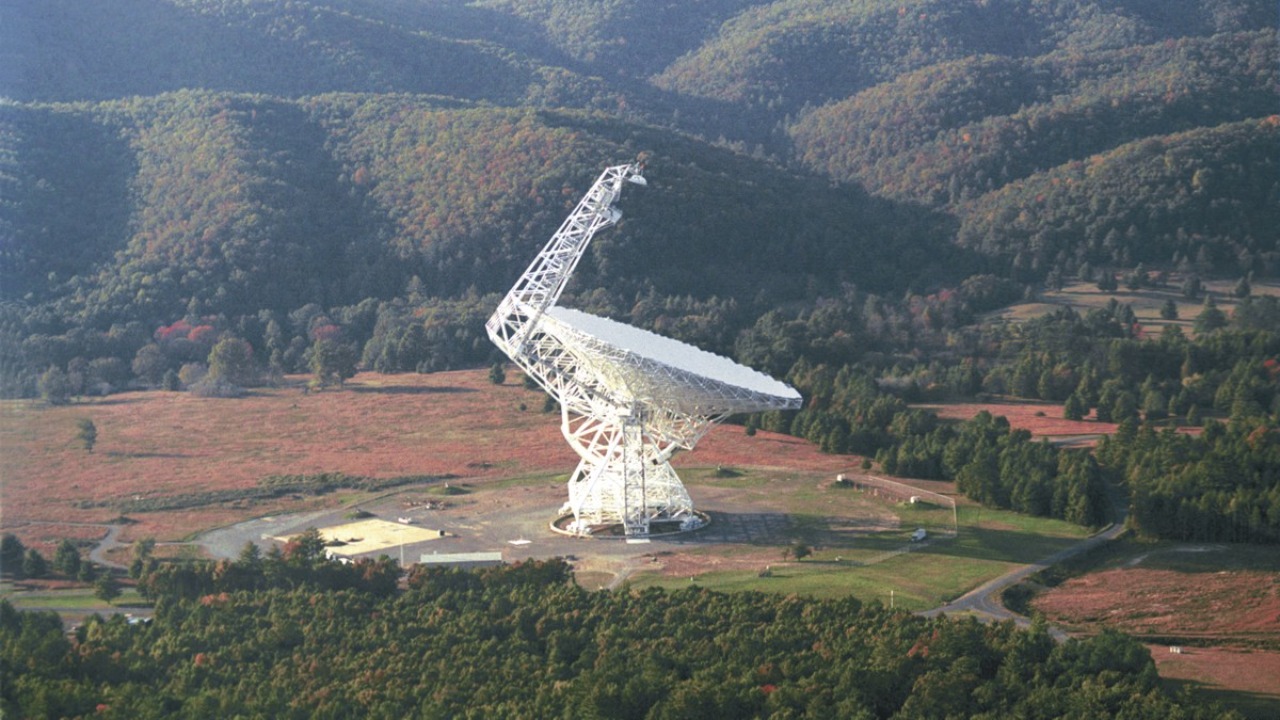
In 2015, a puzzling signal was detected by the Green Bank Telescope. The signal, named SHGb02+14a, appeared to come from the direction of a star 1000 light years away. However, attempts to find a corresponding star or galaxy have been unsuccessful, making its origin a mystery.
The Unclear Origin of the “Space Roar”

The “Space Roar” is a mysterious radio signal six times louder than the expected background noise of the universe. Detected in 2006 by NASA’s Absolute Radiometer for Cosmology, Astrophysics, and Diffuse Emission (ARCADE), its origin remains unclear. The roar doesn’t match the emissions of any known celestial bodies, challenging our understanding of the universe’s radio emissions. This mystery continues to perplex scientists.